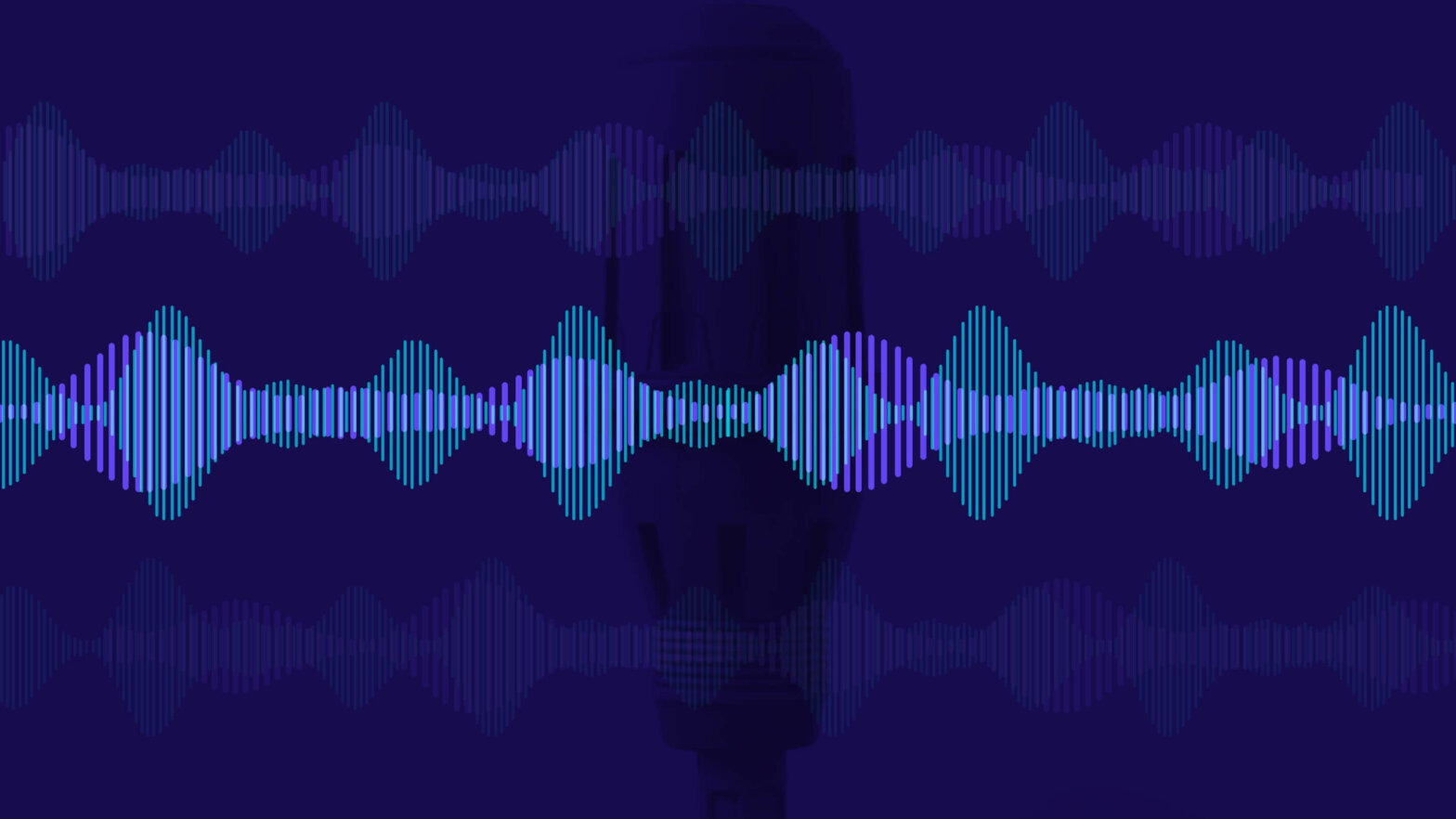A Sound Designer is an essential member of media production – but what is a Sound Designer? And what does a Sound Designer do? We’re going to answer those questions by looking at sound design examples in film, television, and more. By the end, you’ll know not only what they do, but why they’re important to media production.
Sound Design Jobs
What does a Sound Designer do?
Before we can answer the question, “what is a Sound Designer,” we have to first understand sound design. It's a very broad topic that ranges from sound effects (or SFX), mixing, Foley sound, dialogue, and music. For the most part, sound is used practically and realistically to help immerse the audience. But it can also be used to guide the storytelling itself.
Sound design is the fleshing out of the aural world with the intent of enhancing mood, atmosphere, and/or tone in a piece of entertainment.
In this video, for example, we examine how auteur directors like Quentin Tarantino employ sound to direct the mood of his violent scenes.
How Tarantino Makes Violence Fun With Sound • Subscribe on YouTube
Now that we understand what sound design is, let’s outline the responsibilities of a Sound Designer.
SOUND DESIGNER DEFINITION
What is a Sound Designer?
A Sound Designer is a technical/creative artist who creates and controls sound in interactive media. The role of a Sound Designer differs from industry to industry, as well as from production to production. It may sound trite to say, but no matter the project, their primary work is with sound. This includes capturing original sound elements, modifying existing sound elements, or some combination of the two.
Sound Designer Salary Guide:
- IATSE (March 29, 2020 – March 31, 2021): Base $~45 per hour
- New Union Rates: ~$63 per hour, per David C. Hughes
- Salaried Position With Private Company: Range of $50,000-$100,000 annually based on experience
Sound & Film
What does a Sound Designer do in film?
A Sound Designer in film does a variety of tasks aimed at administering and facilitating sound into post-production. These tasks cover all types of sound, including diegetic vs. non-diegetic sound. Watch this video for a complete breakdown of both types and how they work.
Diegetic vs. Non-Diegetic Sound • Subscribe on YouTube
This next video breaks down a variety of different strategies the designers use to add sound to the world of a film. Specifically, the role of the Foley artists whose task is provide everything from steps in the snow, rustling clothes, and all the minuscule sounds we take for granted when watching a film.
The Magic of Making Sound by Great Big Story
Great Big Story’s video shows us that these roles are populated by creative and experimental artists. It also shows us that sound design jobs are relegated to different disciplines, such as Foley, mixing, music, and more.
Not to mention that these creative technicians have to adjust their craft to the mediums they work with! If you’re interested in learning more about applying sound in post-production, check out this next video.
How to Sound Design
Learning how to design sound can seem like an indomitable task; partly because many people don’t understand that it’s a two-step process. That is, first, the creation of sounds, either physically (like in the Great Big Story video) or digitally, via a computer application.
And second, the administering of sounds into the project. Some people refer to the administering of sounds as sound engineering; the distinction lies in the size of a production’s budget.
Of course, blockbuster films are able to hire artists who specialize in one of the two steps — but far and away, those in this role are expected to know how to create and edit sounds.
Sound Design Jobs Explained
How to become a Sound Designer
Want to learn more about this line of work? This next video from Venus Theory offers a ton of information on not only how to become a Designer for film, but the various career paths available.
Getting Started by Venus Theory
The road to becoming a designer of sound starts with education. There are tons of great resources on YouTube (check StudioBinder’s YouTube channel for example) – but there’s also tons of scholarly resources at your local library!
Education is only half the battle though; you’re going to need equipment as well. For equipment recommendations, check out our articles on audio gear/techniques, the Blue Yeti Nano microphone, and free sound effects.
Furthermore, read up on movie sound, diegetic sound, non-diegetic sound, sound bridges, and Dolby Stereo sound.
Next, you’re going to want to use the information you’ve learned to create and edit sounds. After that, simply apply to these jobs, or sell your sounds/sounds services online.
Up Next
Best Sites for Horror Sound Effects
Still looking for inspiration? Check out our next article on scary sound effects and the best places to find them. We’ll show you where to find ghastly and macabre SFX, whether they’re for your next project, or simply as a source of inspiration. By the end, you’ll know where to look for free and paid horror sound effects.
Up Next: Scary Sound Effects →
Showcase your vision with elegant shot lists and storyboards.
Create robust and customizable shot lists. Upload images to make storyboards and slideshows.
